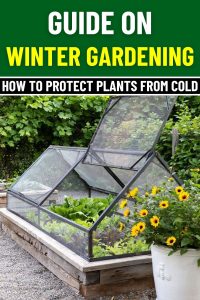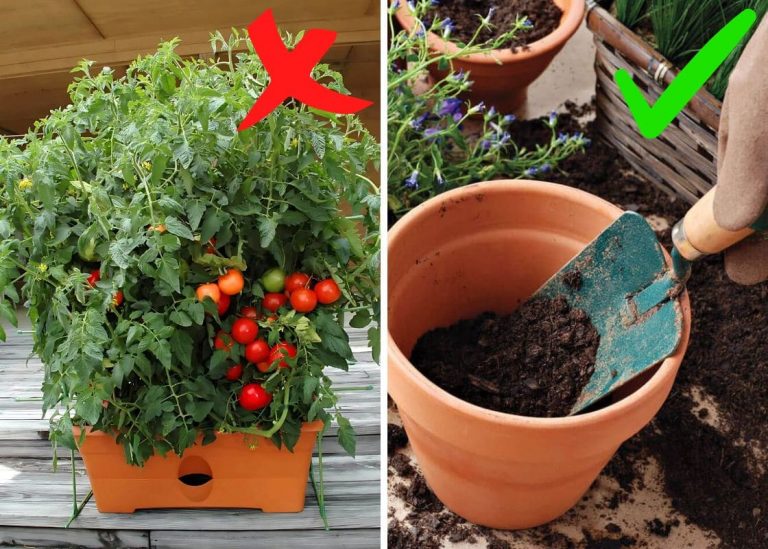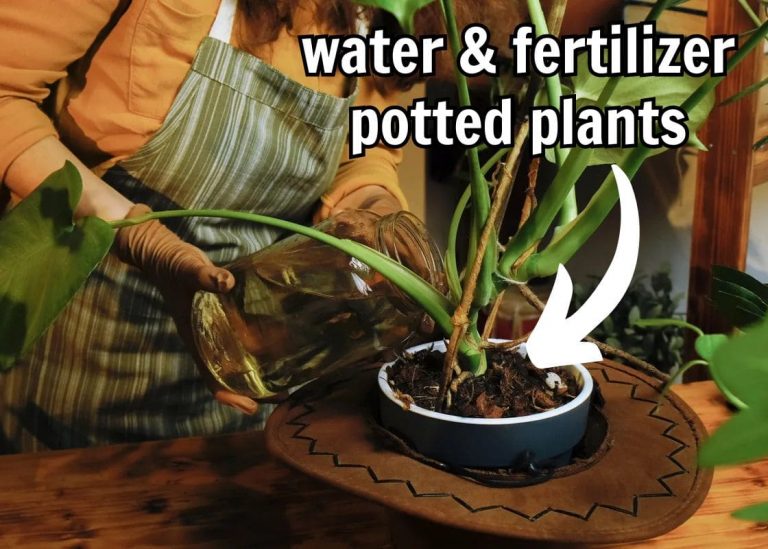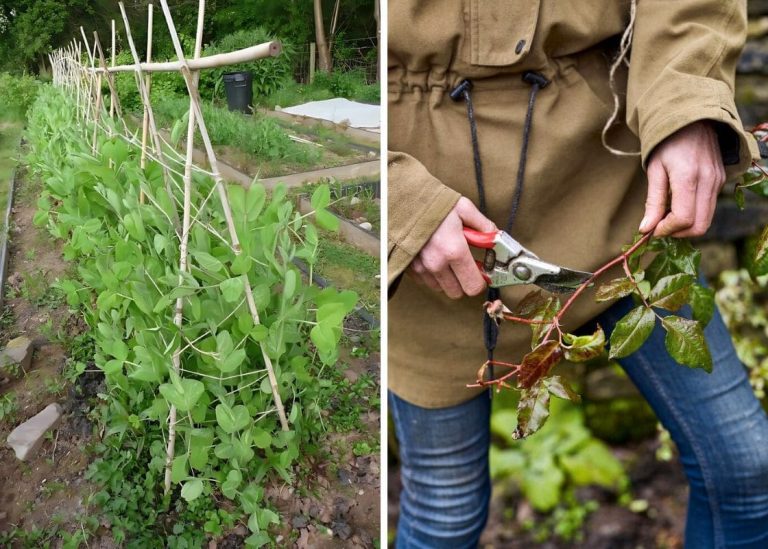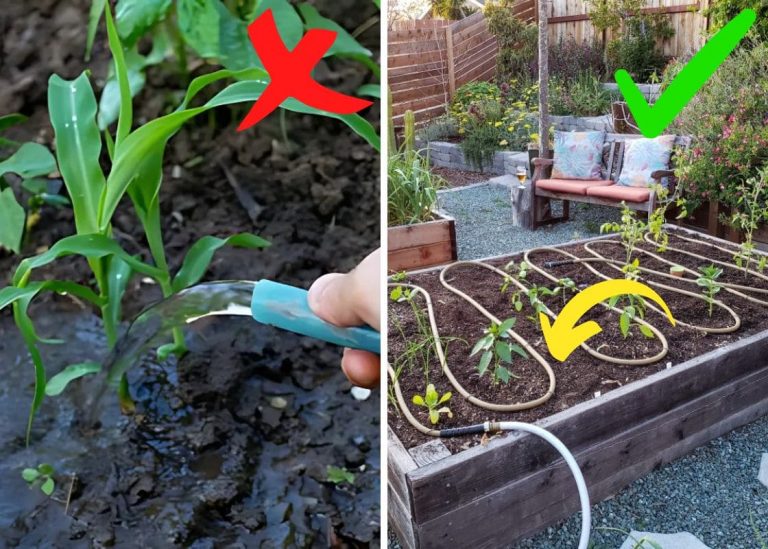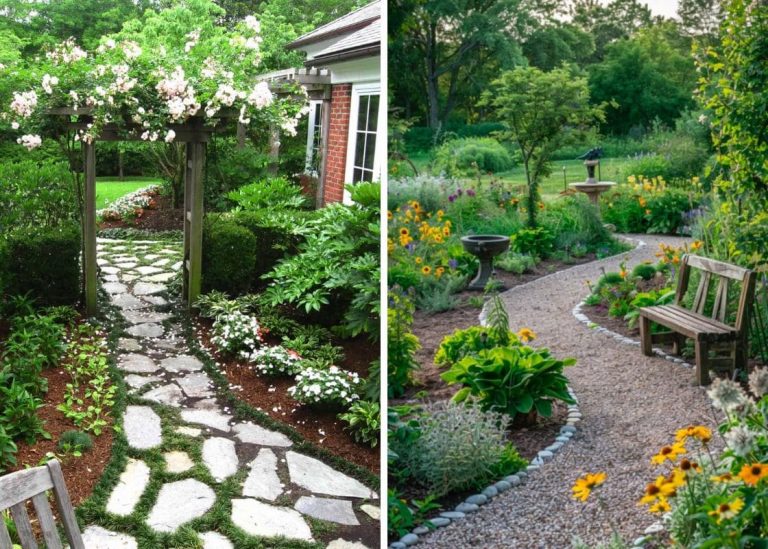Winter Gardening: How to Protect Your Plants from Frost and Cold
Winter has a way of testing both gardeners and their plants. I used to see the first frost as the end of my gardening season, watching helplessly as delicate plants wilted overnight.
But over the years, I’ve learned that winter gardening is not just about survival, it’s about preparing, protecting, and even continuing to grow in the coldest months.
There’s something deeply satisfying about stepping outside on a frosty morning and seeing my garden still thriving under a protective layer of care. Some plants, like kale and Brussels sprouts, actually improve in flavor after a frost, while others need a little extra help to make it through.
Whether you’re growing winter crops, protecting perennials, or keeping your soil healthy, knowing how to outsmart the cold makes all the difference.
Understanding Frost and How It Affects Plants
A light frost happens when temperatures dip just below freezing (32°F or 0°C), and most hardy plants can shake it off.
But a hard freeze, when temperatures stay below freezing for hours, can rupture plant cells and kill even tough crops. The key is knowing which plants can handle the cold and which ones need protection.
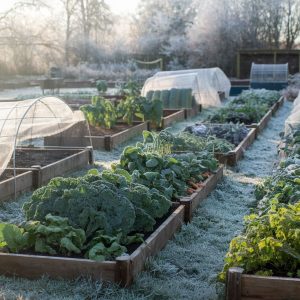
Some vegetables, like spinach, carrots, and leeks, can survive multiple frosts and even taste sweeter afterward.
But tender plants like basil, peppers, and tomatoes don’t stand a chance. Once I realized this, I started planning my winter garden around cold-tolerant varieties and focusing my protection efforts on the plants that truly needed it.
How I Protect My Plants from Frost and Freezing Temperatures
One of the simplest and most effective ways I keep my garden safe is by covering plants before a frost hits. I remember the first time I lost an entire bed of young lettuce because I thought a “light frost” wasn’t serious.
Now, whenever temperatures are expected to drop, I use row covers, old sheets, or even overturned buckets to trap warmth around my plants. It’s amazing how much of a difference just a thin layer of protection can make.
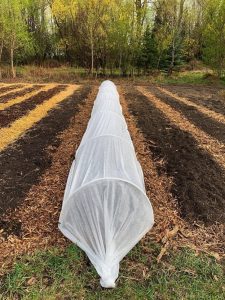
Mulching is another trick I swear by. A thick layer of straw, leaves, or wood chips acts like insulation, keeping the soil warm and preventing root damage.
I pile it around the base of delicate plants like rosemary or newly planted perennials to keep their roots from freezing solid.
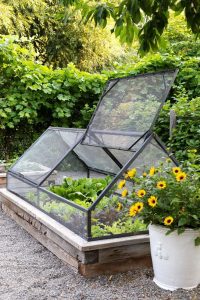
For my most fragile plants, I set up cold frames and cloches. A cold frame is basically a mini greenhouse made from an old window and some wood, trapping heat and protecting seedlings or greens.
Cloches like glass or plastic domes help individual plants stay warm, and I’ve even used cut-off plastic bottles in a pinch.
These simple structures create a microclimate, letting me keep growing lettuce, parsley, and even some carrots well into the winter months.
Greenhouses and Low Tunnels: Extending the Growing Season
A few years ago, I invested in a small unheated greenhouse, and it changed everything. Before that, I had relied on row covers and mulch, but with a greenhouse, I could grow cold-hardy crops like spinach and chard all winter long.
Even without added heat, the sun-warmed air inside keeps plants alive through most winter days.

If you don’t have space for a greenhouse, low tunnels are a fantastic alternative. I use flexible PVC pipes and greenhouse plastic to create a hoop house over my garden beds, keeping the worst of the cold at bay.
It’s surprisingly effective on a sunny winter day, temperatures inside a tunnel can be 10-15 degrees warmer than outside.
Protecting Perennials and Shrubs from Winter Damage
Winter isn’t just tough on annuals and vegetables; it can also take a toll on perennials, trees, and shrubs. I’ve seen winter winds dry out evergreens and heavy snow break branches on delicate shrubs.
To prevent this, I wrap some of my more sensitive plants in burlap, allowing air to flow while still providing protection from cold, wind, and ice.
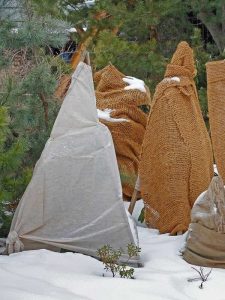
For fruit trees, especially young ones, I make sure to mulch around the base and sometimes even wrap the trunk with tree guards to protect against temperature fluctuations that can cause the bark to crack.
Keeping Soil Healthy in Winter
One mistake I made in my early years of gardening was leaving my soil bare in winter. I didn’t realize that exposed soil loses nutrients, erodes in heavy rain, and becomes compacted by snow.
Now, I always plant a cover crop like clover or winter rye, which protects the soil and adds nutrients when I till it under in spring.
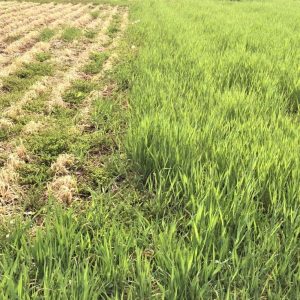
If I don’t have time for a cover crop, I at least cover my beds with a thick layer of compost and mulch. This feeds the soil throughout winter and makes it easier to start planting when spring arrives.
What to Grow in a Winter Garden
Winter doesn’t mean you have to stop growing. Some of my favorite cold-hardy plants include kale, leeks, spinach, garlic, and Swiss chard.
I also grow root vegetables like carrots, beets, and parsnips, which stay fresh in the ground all season. There’s nothing better than pulling up a crisp, sweet carrot in January, long after most gardeners have packed up for the year.
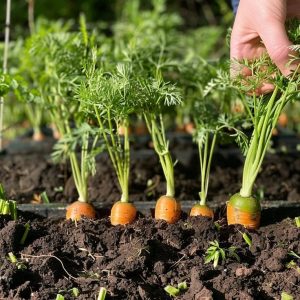
For a small, protected space like a greenhouse or low tunnel, I keep things simple with salad greens, herbs, and even green onions.
As long as they have a little protection, they’ll continue to grow slowly through winter, giving me fresh produce even in the coldest months.
